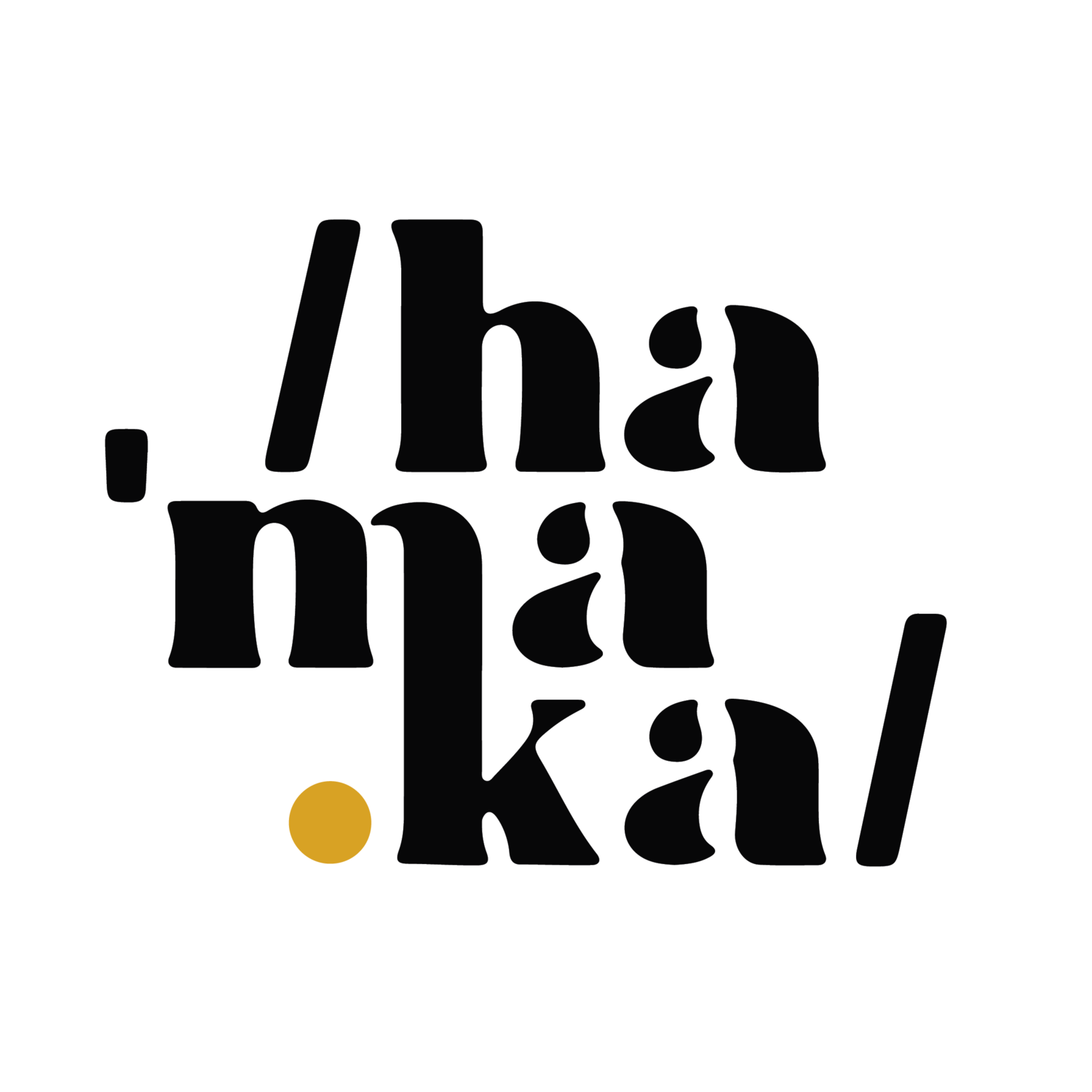5 steps to the perfect e-commerce product shot
I've said it many times before, but here's one more. I love taking product shots! There's something meditative and relaxing about them that invites you to be present and work in sync with your inner rhythm.
I've broken down my process into 5 simple steps with some of the reasons why I enjoy this kind of "underappreciated" craft.
Slow down and observe
We live in a high paced world, and we're used to looking at supermarket aisles overcrowded with shiny and colourful labels. We're often forced to make decisions in a fraction of a second and choose what to purchase quickly, ignoring the container itself and all the work behind the packaging design.
The first step to take good product shots is grabbing the object and studying it like a little piece of meteorite rock. Treat it as something you've never seen before, look at it from all angles, rotate it, flip it, feel it, smell it and try it if you can. See how the light reflects on the surface and find its best side. The side that will tell the viewer the most information about the package contents.
Have fun with the big toys, the lighting equipment
Once you've decided on a few angles to display the product is time to play with the lighting.
I highly recommend avoiding product lighting boxes. They're meant for beginners and don't allow much room for creativity. They will give you a flat, evenly-lit image with zero personality. There are endless combinations of studio strobes, softboxes, diffusers and filters to use depending on your end goal. Here is where you can try them all and see how the product reacts to each of them.
This process is best done in a closed space with no windows, so you can adequately see the test lights working directly on your product.
A few clicks, and you're done!
Make sure to clean the product with alcohol and remove all dust and fingerprints marks. Work with cotton gloves while handling the product is highly recommended.
If you take the proper time to work on steps 1 and 2, you're now only 2 clicks from having your hero shot ready. I learned photography using film, so I learned how to be conscious of the number of photos I take. It might seem like a digital camera's life is endless, but in reality, you're limited to the shutter life expectancy of about 50,000-100,000 shots depending on the camera. Only if you take good care of the camera body from the very beginning.
Try to get what you need ON camera. Taking fewer photos will make your job easier when selecting your hero shot. Remember to use a low ISO number to guarantee the highest quality, a standard or telephoto lens to keep the proportions right, and a small aperture (large f-stop numbers) to produce images with a good depth of field for an easier background crop.
Don't forget to use a tripod; sometimes, you might need to do focus stacking, and you'll need the angle in all photos to be consistent.
Find your hero shot
Now that you downloaded your memory card into the computer, it's time to find "the one." I use Lightroom for the selection process as it allows you to flag or rate each shot and make little adjustments along the way. I usually do 3 passes to rate the images up to 3 stars. This is where the podcast party usually starts, as I prepare to spend some time in front of the computer.
Aim for perfection:
Once I have the one, I open it on Photoshop to start working on the smaller details. This is where meditation begins and why I love taking product shots! It is a process of mostly observation and not a lot of mental drains. I often find myself listening to inspiring podcasts or just letting my thoughts brew while cloning and cleaning the image.
My editing workflow usually starts with a cloning layer to "clean" the product's surface. Followed by colour correction, individual colour reinforcements on the product label, brightness and contrast adjustments, lights/shadows fine-tuning, and finally, a high pass for boosting the sharpness if needed. The last step is to do a background crop and add shadows back if required. Sounds quick, but sometimes this process can take up to an hour, depending on how many imperfections were in the original package.
Here is a selection of product shots taken for local businesses in the London Area.













